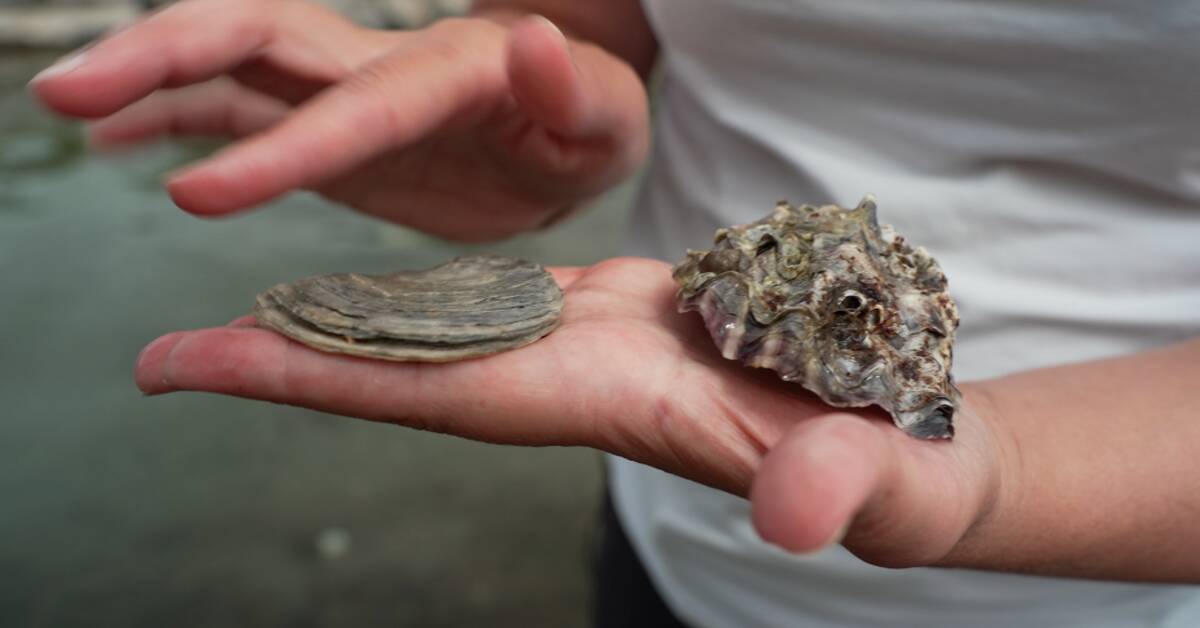At a fishing shed outside Grebbestad, SVT meets oyster diver Lotta Klemming.
For seven years she has been fishing for oysters.
- Fishing for oysters is a profession that requires knowledge.
It is important to know what to pick, how to pick and be incredibly careful about the bottoms.
Otherwise, you can do a lot of damage.
In Sweden, there are now two species of oysters, the native flat oyster and the invasive Pacific oyster that came to Sweden around 2006. If the legislative amendment goes through, free fishing will only apply to the Pacific oyster, the flat oysters still require the land owner's permission.
- But can the average person tell the difference between the oyster species?
If we let fishing go free, I think a lot of flat oysters will slip away, even though we have to protect them, says Lotta Klemming.
Lack of food safety
This is something researcher Åsa Strand is also worried about.
She works at the Kristineberg research station with projects around Pacific oysters.
Today, there are an estimated 280,000 tonnes of Pacific oysters on the west coast, which means that Sweden could be self-sufficient in oysters.
- But I don't think we should let fishing go free, then small commercial oyster fishermen will find it difficult to operate.
In addition, it will be impossible to meet food security.
Summer is probably the time of the year when most people would want to pick oysters if there were free fishing.
But then the water is not sampled because no commercial actors fish oysters then.
The oysters can therefore contain toxins from algal blooms and e-coli bacteria that can make the person who eats them very ill.
Better than its reputation
Another aspect is that the Pacific oysters do not seem to be as dangerous to the ecosystem as scientists first thought, but they can also do some good.
Lotta Klemming thinks that Pacific oysters have an undeserved bad reputation.
- They are important filters that clean the sea from eutrophication and increase diversity as many species like to hide under or attach themselves to the rough shells of oysters.
Javascript is disabled
Javascript must be enabled to play video
Read more about browser support
Over the past fifteen years, the Pacific oyster has spread along the west coast.
Here, expert Åsa Strand talks about the invasive species and what advantages and disadvantages it has.

